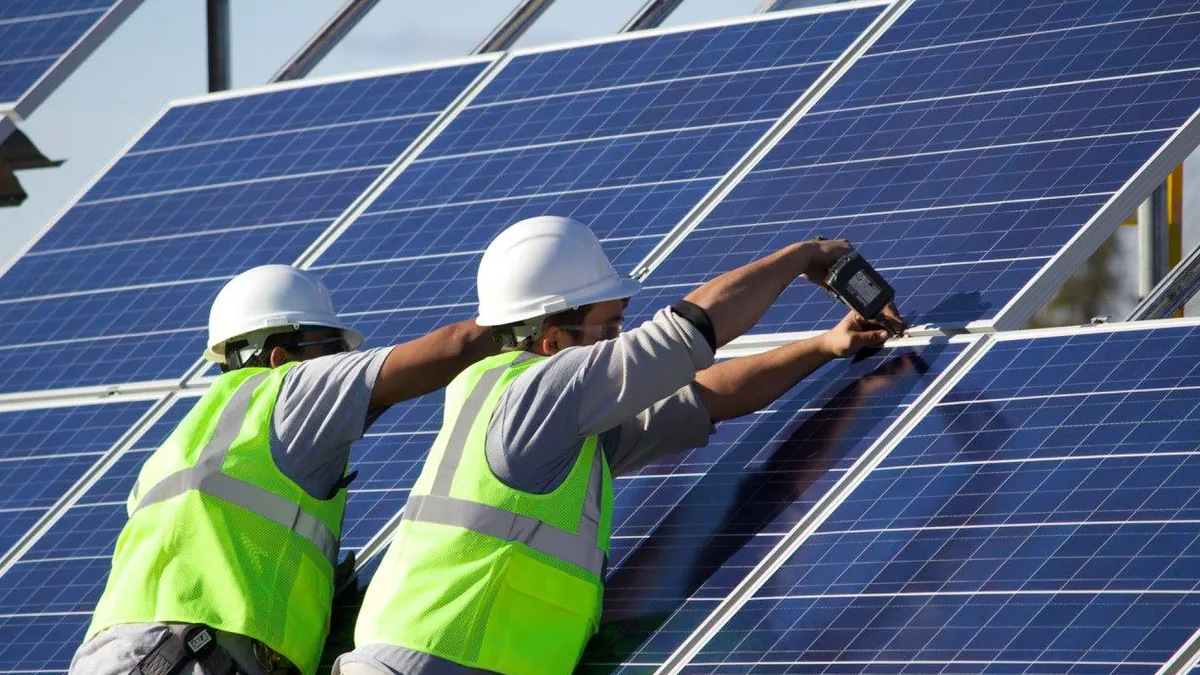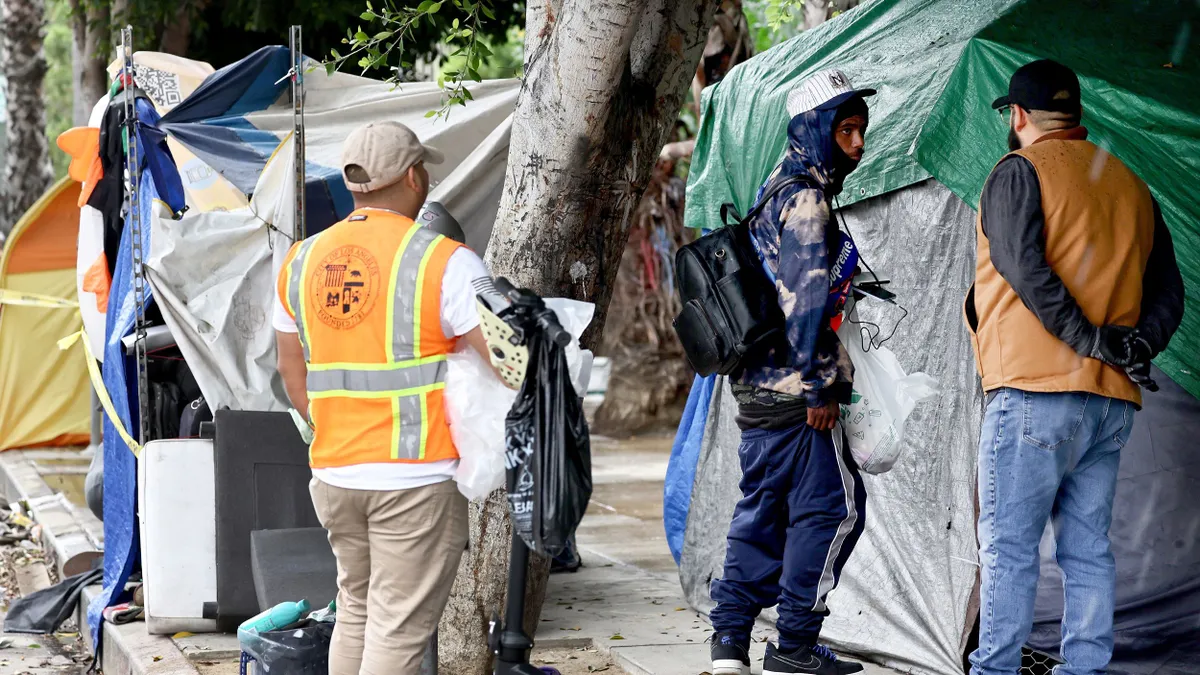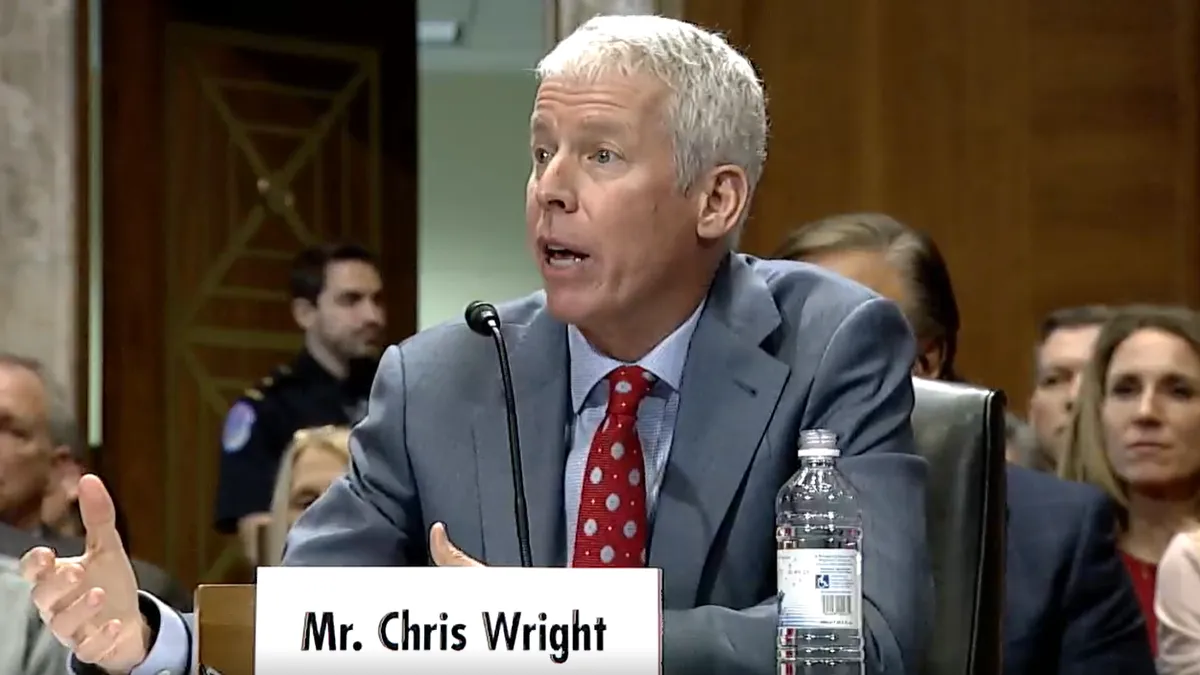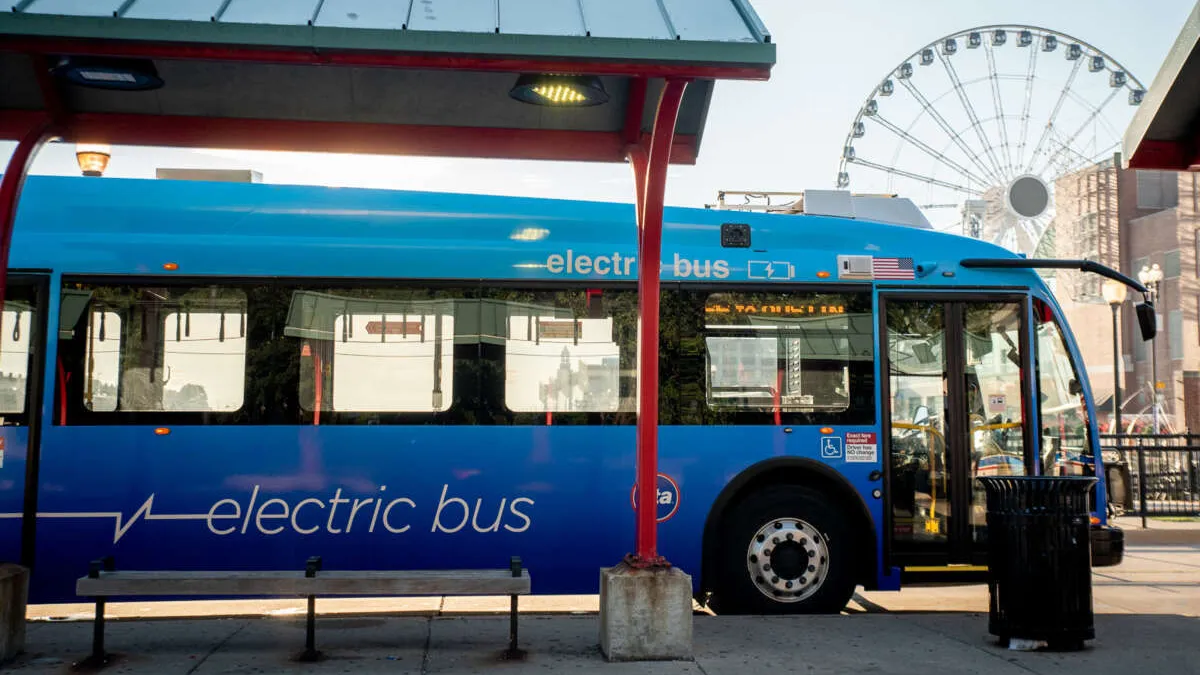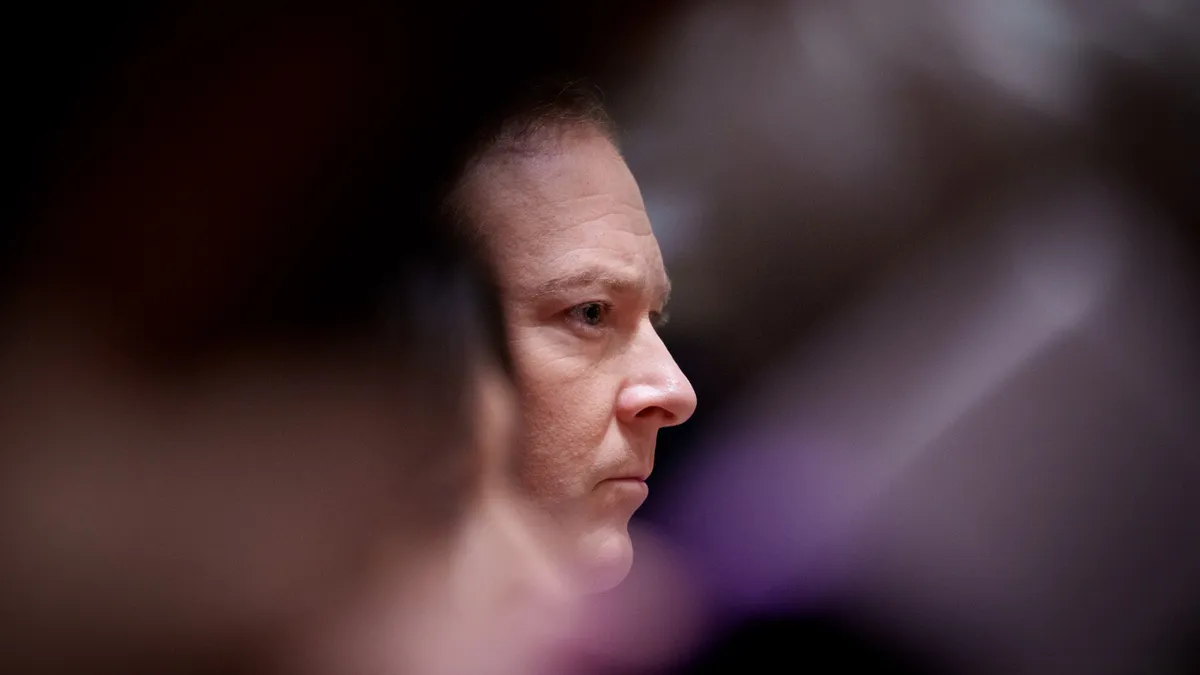The following is a contributed article by Warren Leon, Executive Director at the Clean Energy States Alliance.
There is increasing interest in solar PV projects that benefit low- and moderate-income (LMI) households.
State governments, community groups, environmental justice advocates, philanthropic foundations, utilities and the solar industry have all embraced the concept of using solar technology to reduce economic inequality and to build wealth in LMI communities. Some players in the solar market have also sought to prevent a loss of public support for solar if it were to become perceived as benefiting upper-income residents at the expense of those less well off.
Because of the declining cost of solar and growing desire for a more inclusive clean energy economy, many efforts are underway to accelerate LMI solar adoption. But will those initiatives succeed? Can solar projects bring tangible economic assistance to LMI communities? This sometimes seem unlikely, because there are significant obstacles that need to be overcome, including:
- LMI residents who rent homes and apartments can have difficulty benefiting financially from solar since they do not control their roofs.
- LMI homeowners with below-average credit scores are often unable to qualify for PV system financing.
- Most LMI households do not have sufficient tax liability to take advantage of the federal residential solar tax credit.
- Federal housing assistance programs are structured in a way that can limit LMI households’ ability to save money with solar.
Overcoming obstacles
Attempts to expand LMI solar have sometimes shown that overcoming these obstacles is even harder than it might appear at first glance. For example, subscriptions to shared solar arrays (what the solar industry calls "community solar") initially seemed to be an easy way to reach large numbers of LMI renters, but LMI participation in such programs has generally remained low. Special policies, incentives and consumer protection measures are required to boost participation. Moreover, energy equity advocates and community leaders in LMI communities have argued that a passive subscription to a large solar project in a distant location does not necessarily provide the solar visibility, local jobs and sense of community empowerment that LMI communities need.
There is also increasing awareness that typical solar financial arrangements will not work well for LMI households. People who purchase or contract for solar are highly likely to save money, but there is a small chance that a rare technology failure, a change to utility rate structures, or an unexpected electricity price swing could cause a financial loss. Well-to-do households can easily accept that modest financial risk, but LMI households have little ability to withstand a financial setback. Solar for LMI customers should therefore either provide guaranteed savings or allow customers to easily withdraw from the contract at any time. This often requires state or municipal governments to create special policies and incentives.
Successful strategies
Although the challenges to LMI solar adoption are great, some strategies have proven successful. The nonprofit Clean Energy States Alliance assembled and worked recently as part of a diverse team with representatives of Jackson State University, the Partnership for Southern Equity, PaulosAnalysis, the University of Michigan, The Nathan Cummings Foundation and The Solutions Project.
We examined what has been learned over the past few years about implementing solar in ways that provide meaningful benefits to LMI households and communities. Augmenting the team’s collective experience, we interviewed nearly 100 energy experts and community leaders from across the country. We gave special attention to the perspectives of leaders of frontline organizations in LMI communities, because their voices are often missing from solar policy discussions and we wanted to make sure that our findings would meet the needs of those communities.
The investigation identified specific programs and projects that can and should be widely replicated, including Connecticut Green Bank’s program for LMI single-family homeowners, the Sunset Park Solar cooperatively-owned solar project in Brooklyn, the Kresge Foundation’s credit enhancement guarantees for resilient power projects, and investment firm Sunwealth’s bundling of LMI and non-LMI projects into attractive investment pools. These and other successful programs have resulted in thousands of solar installations in LMI communities.
The resulting report, Solar with Justice: Strategies for Powering Up Under-Resourced Communities and Growing an Inclusive Solar Market, emphasizes that partnerships with trusted community organizations are crucial to success. Those organizations are well placed to know how to engage and communicate with the local community. Their involvement in collaborations with other stakeholders involved with LMI solar — from government agencies and philanthropic foundations to investors, solar advocates, utilities and the solar industry — leads to more equitable programs that are responsive to the needs of LMI communities and can help overcome the distrust that many residents of those communities feel towards utilities, energy companies and the solar industry. Although it takes time and financial resources for community organizations and other players in the solar market to work in partnership, it ultimately leads to greater efficiency and a reduced chance of program failure.
Community institution projects
Solar installations for community institutions deserve special attention. Because the projects are often highly visible, many people can see and learn about them, so they serve an important public education function. That makes it easier to develop additional solar projects. In addition, such projects create a sense of participation in the solar economy. When a church with 300 congregants installs solar panels on its roof, all 300 people benefit from it and feel that they are helping their community move towards clean energy. '
By reducing the energy costs for institutions that serve large numbers of people, solar can provide valuable economic assistance to the community. Given some of the challenges to developing residential solar installations that benefit renters and residents of HUD-supported housing, institutional projects can be an assured way to ensure that cost savings from solar remain in the community.
Our research led to many other recommendations that are specifically aimed at state governments, foundations, community organizations and the solar industry. Because the obstacles to LMI solar remain significant and the need for equitable solar remains great, it is important that all these stakeholders devote significant attention to LMI solar. Success will not be easy, but solar can work well for LMI communities.


